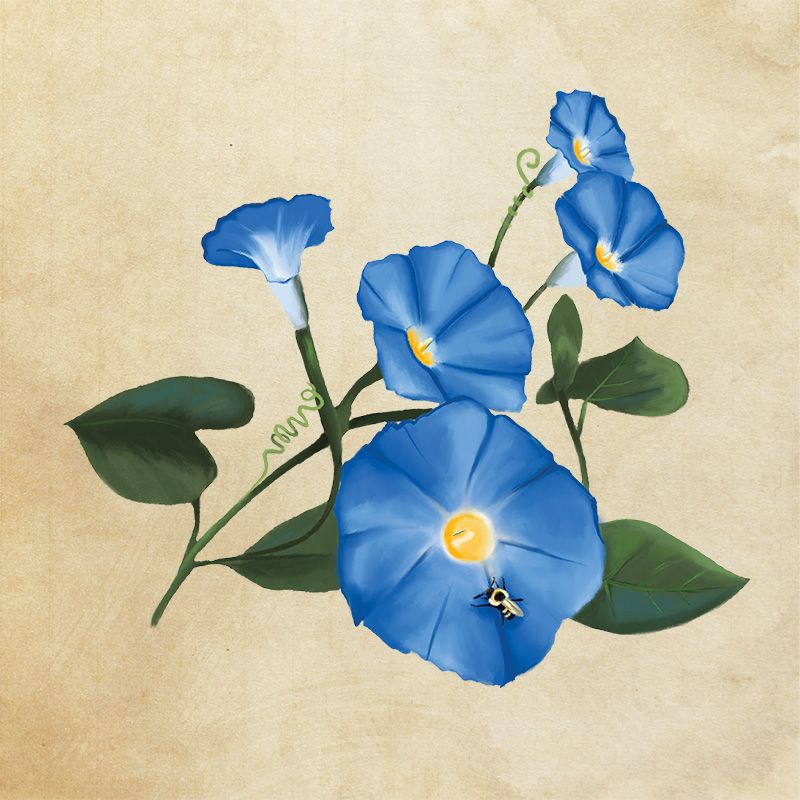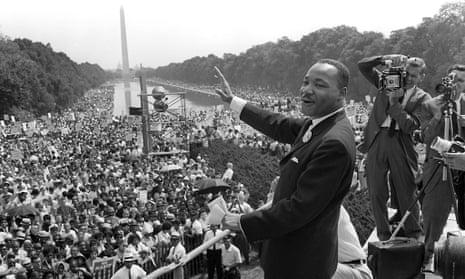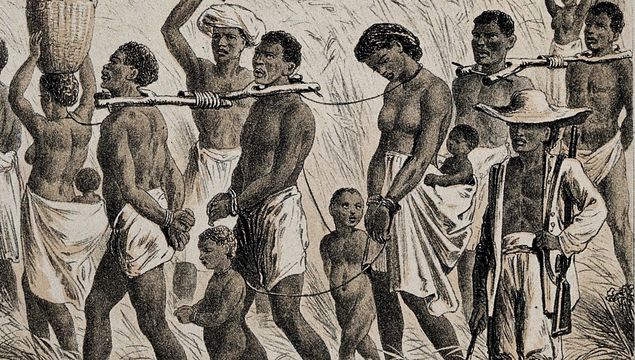- Written by: Kamran Mofid
- Hits: 1769
First published on 29 August 2021. Updated on 5 September 2023
Embrace the Spirituality of September and the Autumn
‘September is like no other
It's days change color and weather
No other month can say quite the same…’- Jessica Millsaps
'Mother of Darkness, Mother of Light
Earth beneath us, soul in flight,
Songs of love and love of life,
Guide us to our home.' ~Circle Song

Morning Glory: The Birth Flower of September.-Photo:Charleston Magazine
- Written by: Kamran Mofid
- Hits: 6093
This posting was updated on 28 August 2023. First posted on 13 August 2013
Sixty years ago, at the Lincoln Memorial, Martin Luther King changed America.
'The original March on Washington took place on 28 August 1963, a hundred years after Abraham Lincoln signed the Emancipation Proclamation, which proclaimed the freedom of enslaved people in southern states. It was the biggest demonstration that Washington had ever seen.'

Martin Luther King Jr waves to supporters from the steps of the Lincoln Memorial, on 28 August 1963.
Photo: AFP/Getty Images/Via The Guardian
- Written by: Kamran Mofid
- Hits: 1225
This posting was updated on 20 August 2023
Slavery and Colonisation, Plunder and Pillage, Stealing and Thieving, Inhumanity and Cruelty:
The Beginning of the Age of Barbarity

Photo:Wellcome Images
Lest We Forget
‘We are a product of our history—even the history we don’t like to think about.’
Veritas vos liberabit (The truth will set you free)
One of the most effective ways to respond to the inhumanity and injustices of the past is to ensure that the current and future generations do not forget what happened, that we address the harrowing loss of liberty and life, cruelty, the stollen opportunities, as well as the loss of potential forgone earnings and income, racism, xenophobia, inequality, poverty, unfair and abusive trade practices which are totally formulated in the interest of the former colonisers and slave-traders/holders..., and the deprivation that reverberates across centuries to present time. Carpe diem!
- World in Chaos and Despair: Remembering the Lessons of Hiroshima and Nagasaki
- Celebrating the International Day of the World's Indigenous Peoples
- Small is Beautiful: Celebrating 50 years of beauty, wisdom, inspiration and hope
- Debunking the myth of low vs high-value courses, good, prestigious vs rip-off universities and the so-called economic outcomes
- Was the 45 Days of Travesty, Mayhem and Humiliation Not Enough?
